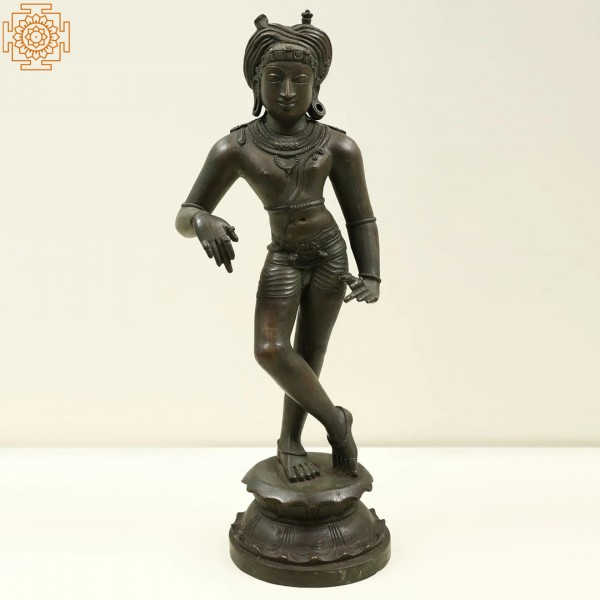Vrishavahana Shiva Madhuchista Vidhana Lost-Wax Panchaloha Bronze from Swamimalai
Vrishavahana Shiva Madhuchista Vidhana Lost-Wax Panchaloha Bronze from Swamimalai
Subscribe
Unsubscribe
Photos: 364
Subscribers: 2
Views: 641
Uploaded: Jul 29 2022
Photos: 364
Subscribers: 2


